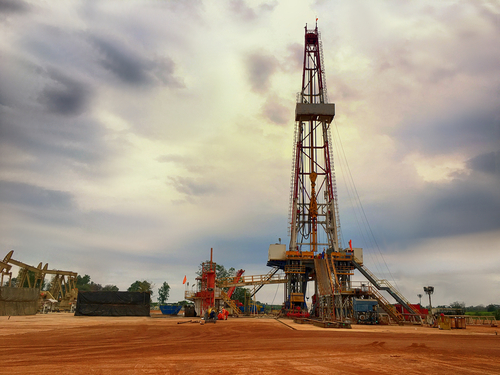
The Environmental Partnership (EP) issued a report last week on the U.S oil and natural gas industry’s actions to reduce methane emissions, improve detection methods, and share best practices across the industry.
The fifth annual report found that the industry continues to achieve results across all performance programs, including replacing gas-driven pneumatic controllers with low- or zero-emitting devices, reducing leak occurrence rates, and driving flare intensity down by 2.4 percent. These reductions come even though oil and natural gas production increased by 5.6 percent and 4 percent, respectively, over the past year.
“The U.S. oil and natural gas industry is continuously evolving to promote better, safer and more efficient methods for producing affordable reliable energy while reducing emissions. Industry-led initiatives like The Environmental Partnership play a critical role in driving progress across the entire industry,” Mike Sommers, president and CEO of the American Petroleum Institute (API), said. “Tackling the challenge of reducing methane emissions requires not just words, but action, and I look forward to advancing The Partnership’s record of results in the years ahead.”
The EP’s participating companies represent nearly 70 percent of U.S. onshore oil and gas operations.
Among the findings, the report found that more than 14,100 zero-emissions controllers have been installed and more than 114,000 gas-driven controllers have been replaced since 2018. In 2022 alone, more than 4,000 zero-emission pneumatic controllers were installed at new sites and more than 61,700 gas-driven pneumatic controllers and 700 high-bleed devices were replaced or removed from service.
Further, more than 60 percent of participating companies no longer have high-bleed pneumatic controllers in their operations.
Also, there was a 14 percent reduction last year in total flare volumes and a 2.4 percent drop in flare intensity from the previous year.
In addition, Environmental Partnership participating companies performed more than 202 million component inspections to detect and repair leaks. Further, participants performed more than 664,000 surveys over more than 157,000 sites and found a leak occurrence rate of 0.07 percent, or less than 1 component leaking in 1,000, among sites surveyed.
Finally, the Partnership announced its expansion to liquid pipelines with the addition of two new programs: Maintenance & Integrity and Energy Efficiencies in Operations. Through these programs, companies will implement best practices that reduce energy consumption and improve integrity and maintenance programs to reduce emissions across the supply chain.
“In my first year leading The Partnership, this industry has taken on new challenges and new opportunities to improve our environmental performance, and I am proud of how The Partnership and our participating companies continue to meet the challenge of reducing methane emissions across the supply chain,” Emily Hague, director of The Environmental Partnership, said. “Through innovative facility design, improvements in operational practices and procedures, advancements in detecting and measuring emissions and improved accuracy in data emissions reporting, we are achieving meaningful results, helping to ensure the continued production of affordable, reliable and cleaner energy for decades to come.”